A MISSION TO STOP THE WORLD’S DEADLIEST THREATS

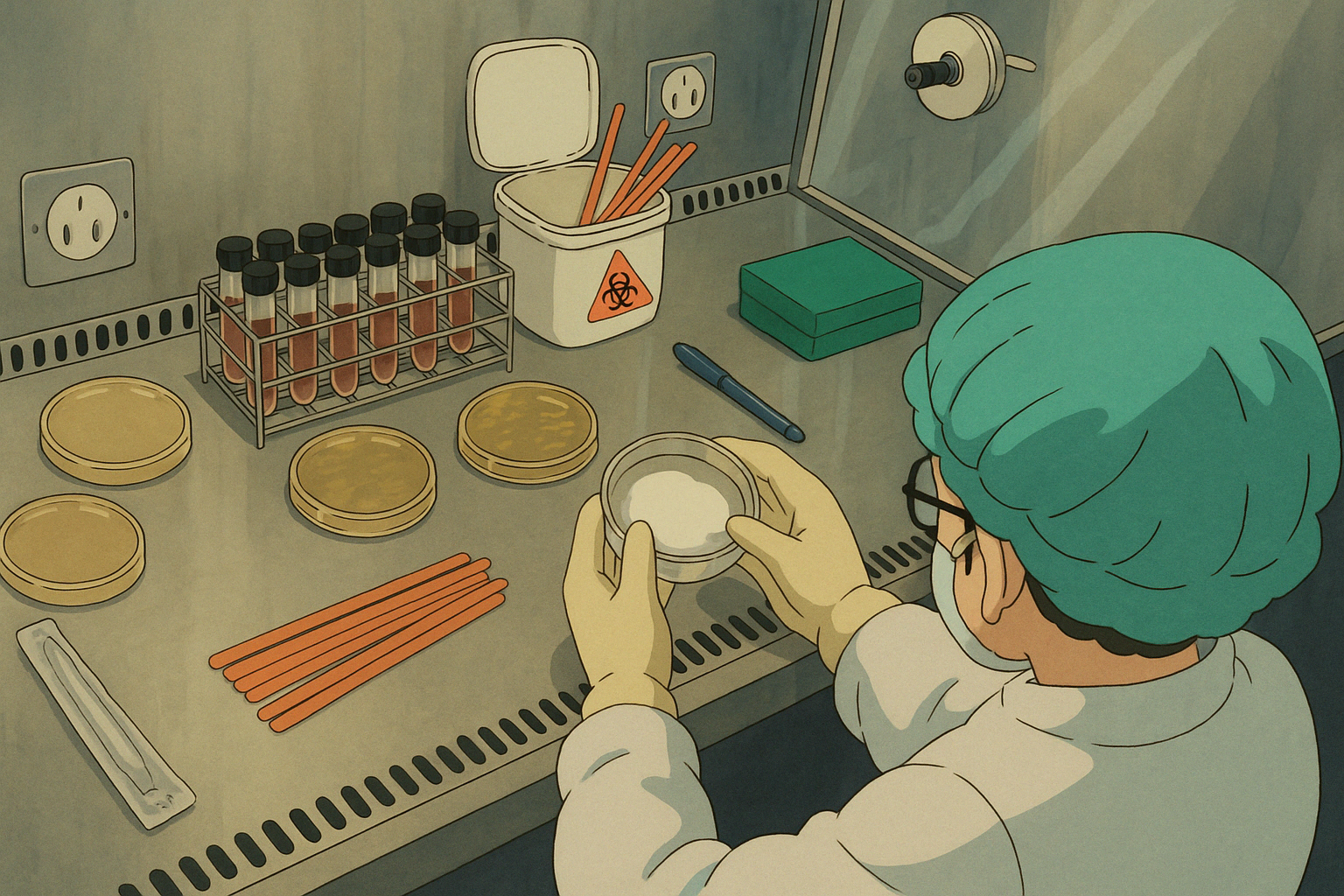
ABOUT THE PATHOGEN HUNTERS
“Infectious diseases have shaped human history, toppling empires and altering the course of civilizations. Even today, millions lose their lives each year to these invisible enemies. As certain microbes grow more resistant to existing treatments, our ability to fight back becomes more urgent—and more complex.
Amid this global challenge, the Pathogen Hunter’s Research Team operates across Japan and Thailand, united by one goal: to outpace disease. From the heart of dense urban clinics to the edges of tropical forests, our team explores new frontiers in infectious disease research. We develop diagnostic tools for faster detection, discover novel therapies, identify prognostic markers to guide treatment, conduct in-depth surveillance, and investigate new uses for existing drugs.
We are not just scientists—we are trackers, decoding patterns of transmission and mutation, following trails left behind by viruses, bacteria, and parasites. Every sample, every sequence, and every data point brings us one step closer to understanding how to control outbreaks and save lives. Our work is as much about innovation as it is about vigilance: to stay one step ahead in the ever-evolving battle against infection.
About the Team

Asst. Professor Dhammika Leshan Wannigama
Principle Investigator

Dr. Shuichi Abe
Co-Principle Investigator

Dr. Parichart Hongsing
Co-Principle Investigator

Assoc. Professor Mohan Amarasiri
Co-Principle Investigator

Asst. Professor Phatthranit Phattharapornjaroen
Co-Principle Investigator
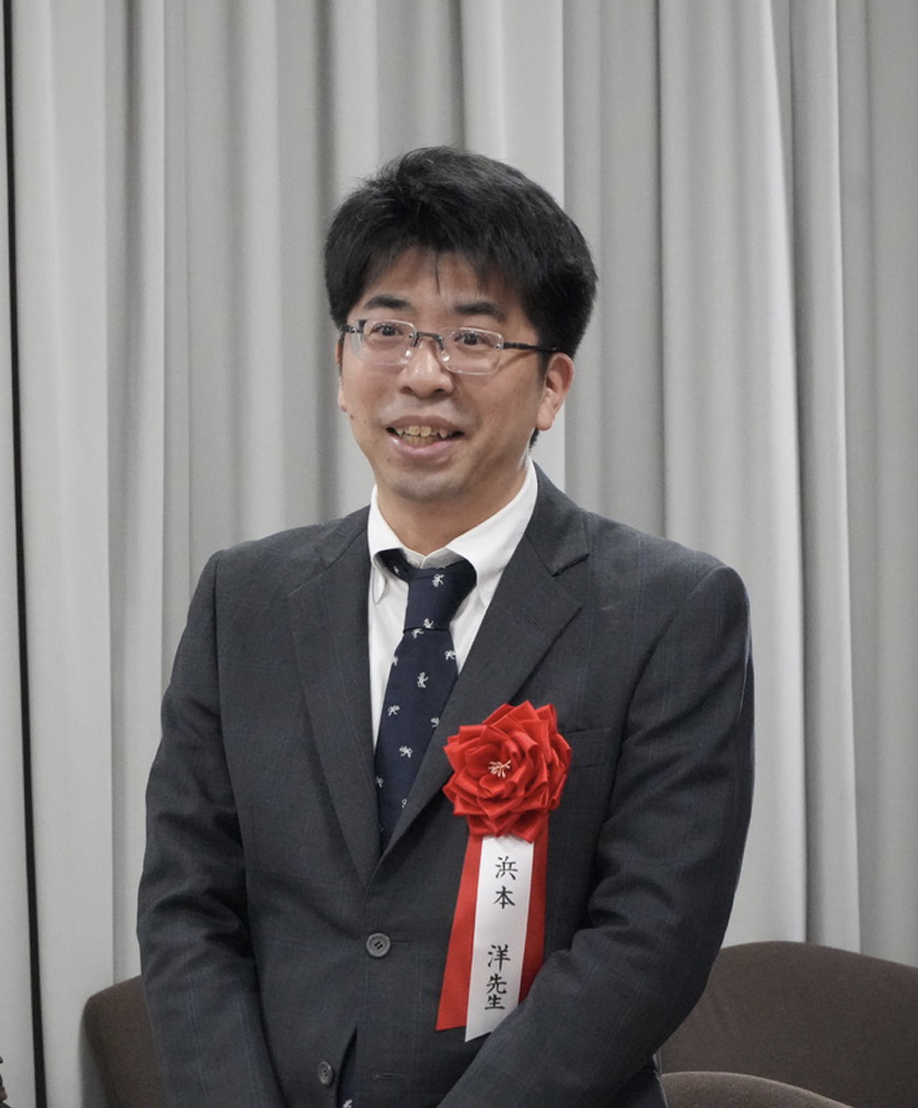
Professor. Hiroshi Hamamoto
Co-Principle Investigator

Dr. Chanikan Tanasatitchai
Research Assitant
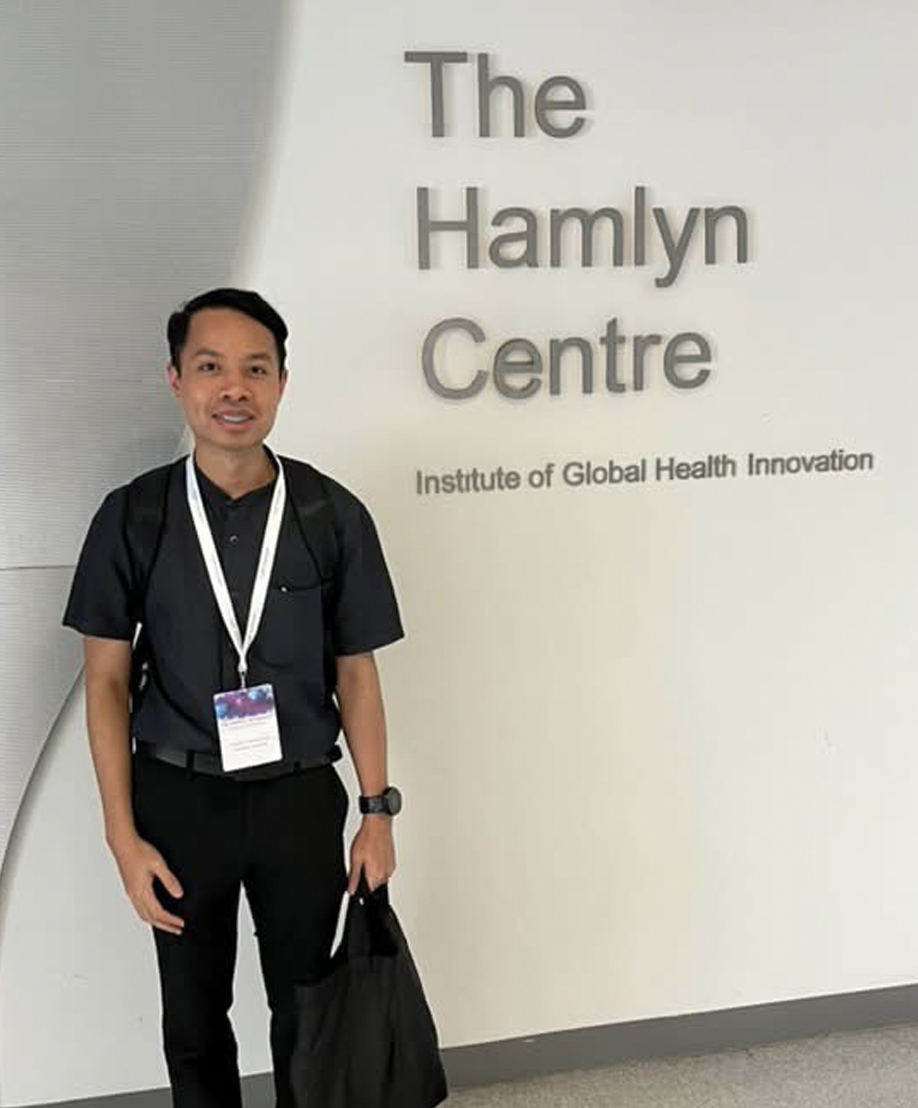
Dr. Porames Vatanaprasan
Research Assitant

Dr. Natchalaikorn Sirichumroonwit
Research Assitant
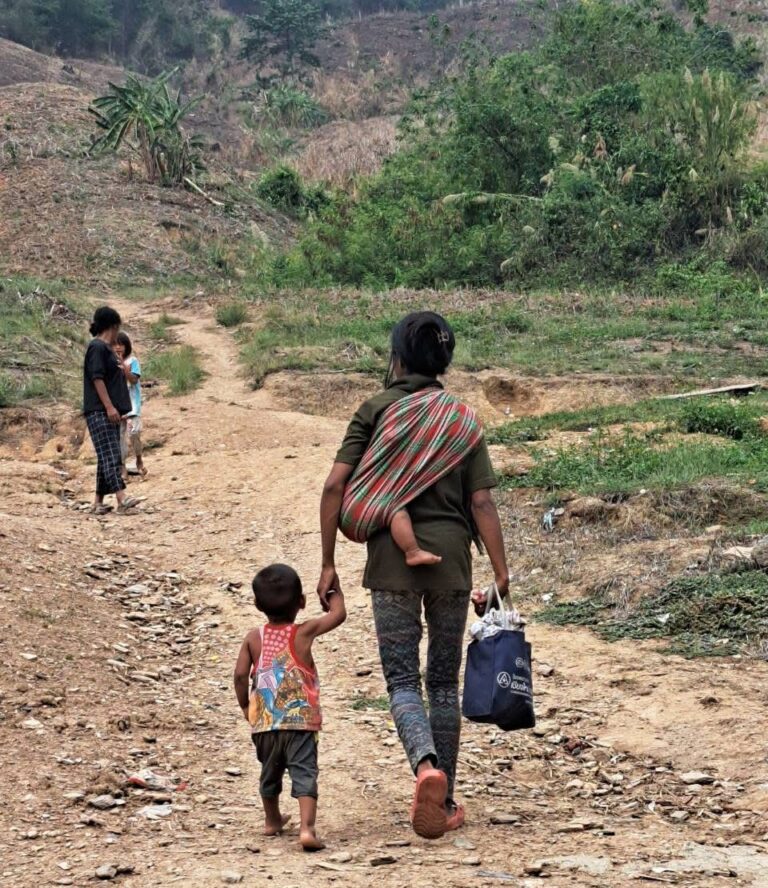
WHERE DO WE TRACK PATHOGENS?
Pathogens don’t respect borders—and neither do we. At Pathogen Hunters, our surveillance begins in some of the world’s most overlooked but high-risk places. From informal urban settlements to isolated forest villages, we focus our work in low- and middle-income countries where emerging threats are most likely to go unnoticed.
We track pathogens in urban slums, where overcrowding, limited sanitation, and poor antibiotic access create the perfect storm for disease spread and resistance. We work with marginalized communities, including LGBTQIA+ groups who often face barriers to healthcare and are left out of formal surveillance systems. We operate in remote islands, forest-edge settlements, rural clinics, and conflict-affected areas, where conventional health infrastructure is sparse or nonexistent.
These are the modern oases where invisible enemies often hide—the microbial frontlines of a changing world. Like the Gobi bear navigating vast desert plains in search of life-giving springs, we go where few others do, following microbial footprints across landscapes shaped by climate change, migration, inequality, and ecological disruption.
Despite the challenges—from political instability to geographic isolation—we are committed to listening to the science, the communities, and the environment. Every site, no matter how remote, holds a vital clue in the story of global health—and a chance to stop the next outbreak before it begins.
WHY PATHOGEN HUNTERS MATTER?
Pathogens don’t operate in isolation—they emerge, evolve, and spread in response to how we live, how we move, and how we interact with the environment. Our work as Pathogen Hunters is about understanding these complex patterns so that we can stay one step ahead of the next outbreak.
Like many communities today live on the edge of survival—vulnerable to even slight changes in disease patterns, drug resistance, or environmental shifts. We track infections not just in hospitals, but in wastewater, forests, and informal settlements, looking for microbial clues that can reveal broader threats to health.
In recent years, we’ve seen firsthand how diseases like COVID-19, and antimicrobial-resistant bacteria emerge at the intersection of human activity, wildlife, and fragile ecosystems. Just as changes in rainfall affect bear reproduction, changes in drug availability, migration, and sanitation affect how outbreaks take hold and spread.
Our work matters because the earlier we detect and understand these signals, the better chance we have to act—protecting lives, strengthening systems, and building resilience before a crisis takes hold.
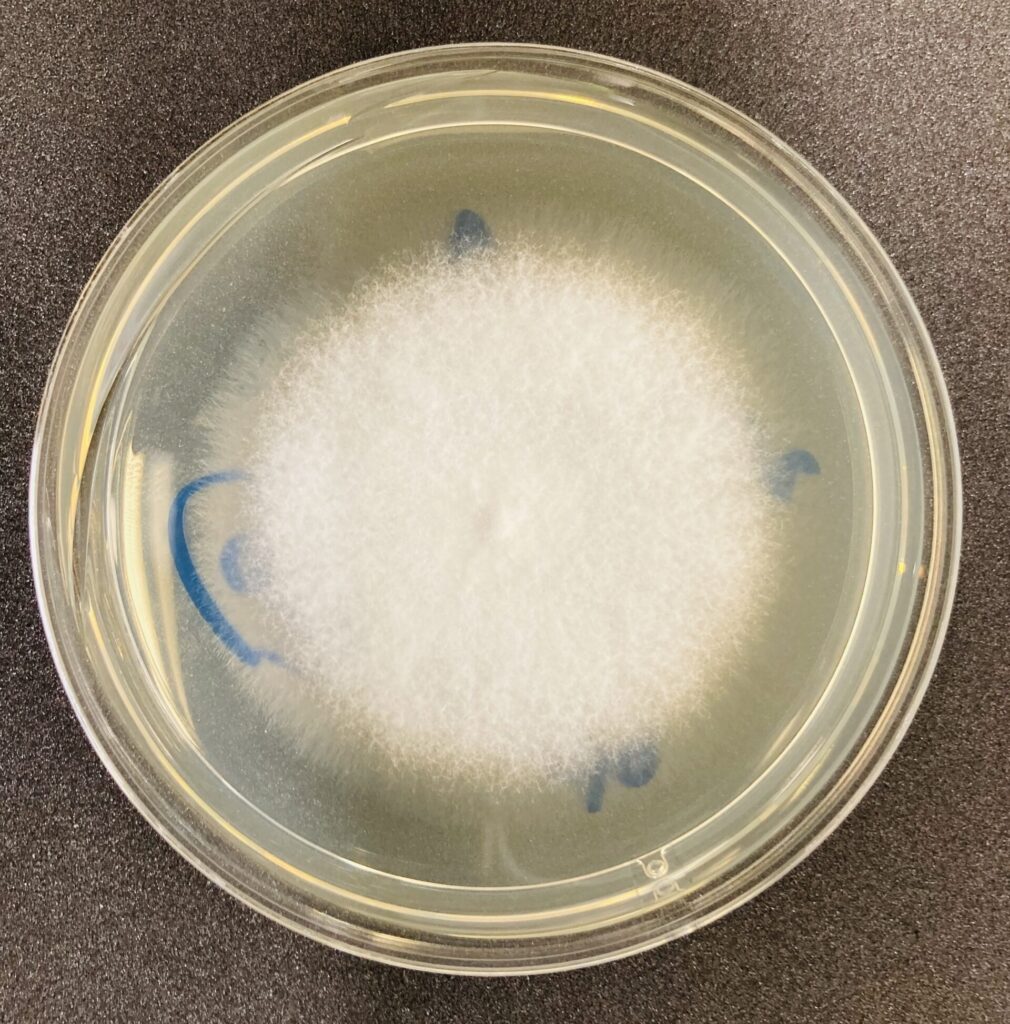

KEY PBLICATIONS
“Tracing the new SARS-CoV-2 variant BA. 2.86 in the community through wastewater surveillance in Bangkok, Thailand.” The Lancet Infectious Diseases 23.11 (2023): e464-e466.”Multidrug-resistant Neisseria gonorrhoeae infection in heterosexual men with reduced susceptibility to ceftriaxone, first report in Thailand.” Scientific Reports 11.1 (2021): 21659.
“Multiple traces of monkeypox detected in non-sewered wastewater with sparse sampling from a densely populated metropolitan area in Asia.” Science of the Total Environment 858 (2023): 159816.
“COVID-19 monitoring with sparse sampling of sewered and non-sewered wastewater in urban and rural communities.” Iscience 26.7 (2023).
“Tracing the transmission of mpox through wastewater surveillance in Southeast Asia.” Journal of travel medicine 30.5 (2023): taad096.
“Ca-EDTA restores the activity of ceftazidime-avibactam or aztreonam against carbapenemase-producing Klebsiella pneumoniae infections.” Iscience 26.7 (2023).
“Early treatment with fluvoxamine, bromhexine, cyproheptadine, and niclosamide to prevent clinical deterioration in patients with symptomatic COVID-19: a randomized clinical trial.” EClinicalMedicine 70 (2024).
“Community-based mpox and sexually transmitted disease surveillance using discarded condoms in the global south.” The Lancet Infectious Diseases 24.10 (2024): e610-e613.
“Exploring indoor and outdoor dust as a potential tool for detection and monitoring of COVID-19 transmission.” Iscience 27.3 (2024).
“tesG expression as a potential clinical biomarker for chronic Pseudomonas aeruginosa pulmonary biofilm infections.” BMC medicine 23.1 (2025): 191.
WHAT PROJECTS WE DO?
Wastewater-based One Health Outbreak Prevention System (WOOPS)
Since 2019, WOOPS has been pioneering the use of wastewater as a non-invasive lens into community health, specifically in vulnerable and resource-limited regions. By systematically collecting and analyzing wastewater samples from urban slums, peri-urban neighborhoods, and remote villages, our team has been able to detect early signs of infectious outbreaks—often before clinical symptoms appear at the health system level.
Community-based One Health Outbreak Prevention System (COOPS)
Launched in 2022, COOPS empowers communities to become the first line of defense against infectious disease outbreaks. The COOPS platform uses AI to map reported data against known risk factors and infectious disease trends, enabling rapid identification of hotspots. In locations like rural small island settings in Southeast Asia, COOPS has already proven to be a critical bridge between community-level action and national public health response.
Participatory-based One Health Outbreak Prevention System (POOPS)
Initiated in 2023 as an experimental complement to WOOPS and COOPS, POOPS brings a participatory research approach to the One Health framework. It involves co-designing outbreak detection and response protocols with indigenous groups, forest-edge communities, and mobile pastoralists who live closest to potential zoonotic interfaces.
Pill for Everyone
Access to life-saving medicines remains one of the greatest health inequities of our time. In many low-resource settings, a prescription often means little if the drug is unavailable, unaffordable, or ineffective. Since 2022, the “Pill for Everyone” initiative has focused on changing that—through innovative drug repurposing and equitable drug development strategies tailored to the unique needs of underserved populations.
Test Everyone
Every outbreak begins with a single case—but in communities without access to testing, that first case may go undetected until it’s too late. “Test Everyone” was launched in 2023 with a clear goal: to democratize diagnostics, making high-quality, low-cost, and rapid tests available to all—no matter where they live.
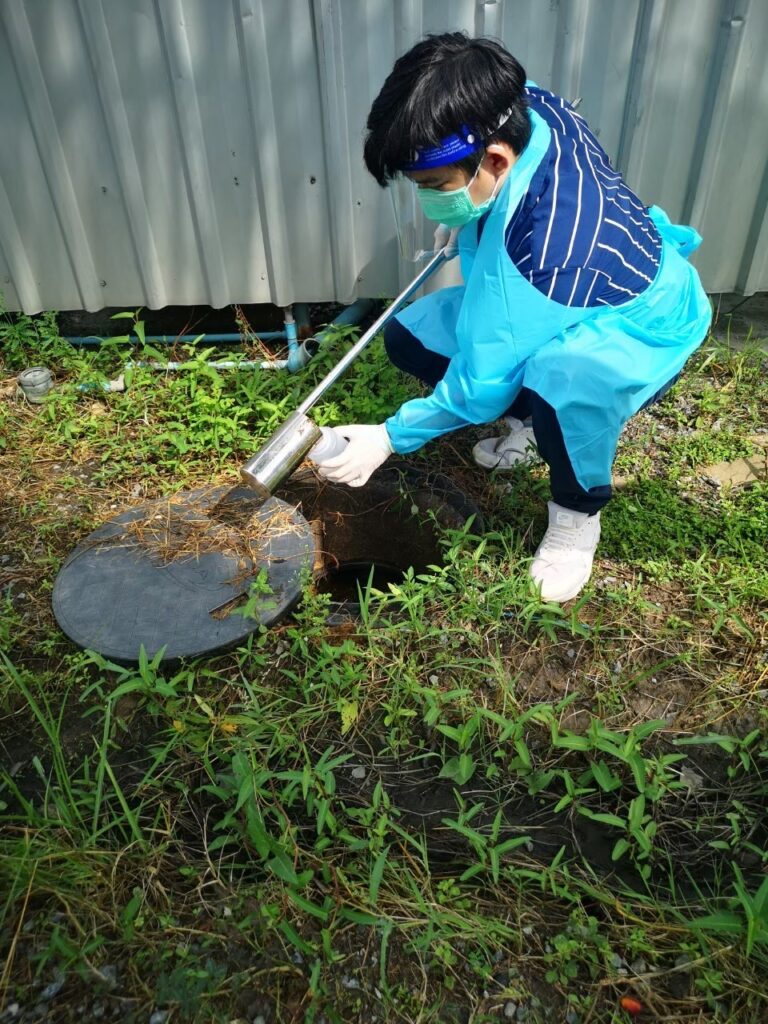
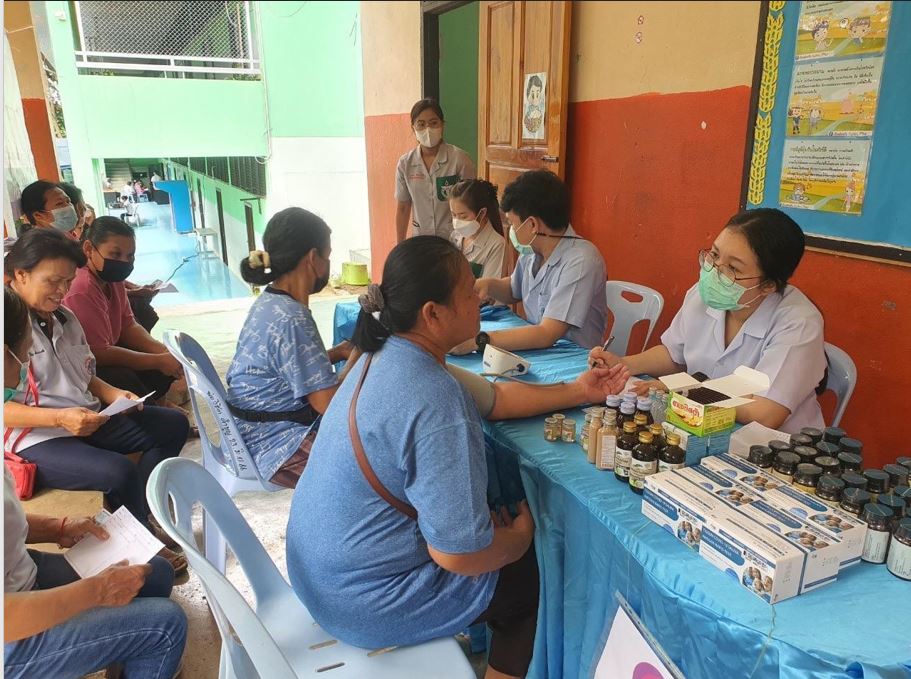
THE FUTURE OF PATHOGEN HUNTERS
Building the future of global outbreak prevention will depend not only on scientific innovation, but on sustained investment in local capacity and community partnerships. As the world faces increasing risks from climate-driven zoonotic spillovers, drug resistance, and emerging infectious diseases, the mission of the Pathogen Hunters becomes more urgent than ever.
Our vision goes beyond the laboratory. It includes equipping front line health workers with rapid diagnostics, empowering communities with surveillance tools, and training the next generation of One Health leaders in some of the most vulnerable regions on the planet. With the right support, even the most remote communities can become vital nodes in a global disease detection network.
Long-term impact will require more than data collection—it demands education, policy advocacy, and collaboration across sectors. From developing mobile apps for antimicrobial use reporting, to co-designing early-warning systems with indigenous groups, we are committed to building a future where no outbreak goes unnoticed, and no life is lost for lack of access or awareness.
But we can’t do it alone. You can support the future of Pathogen Hunters in two important ways: by sharing our story and helping raise awareness of this vital work, and/or by contributing directly to our research and field programs. Every voice, every donation, and every partnership brings us one step closer to a safer, healthier world.
Gallery

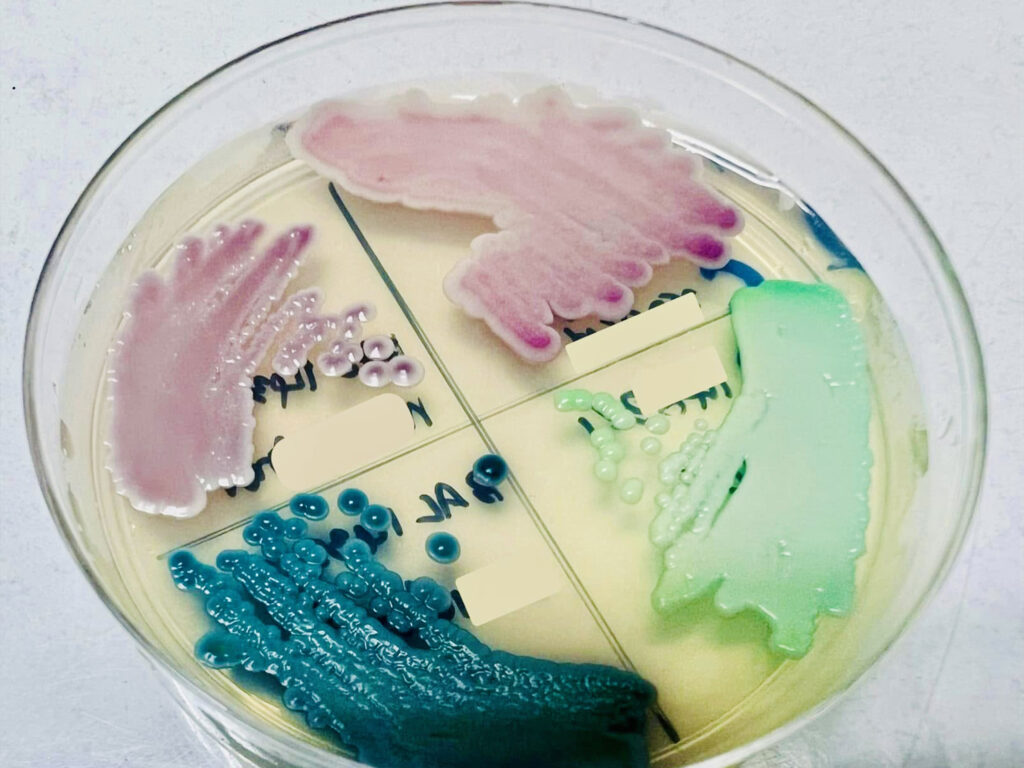

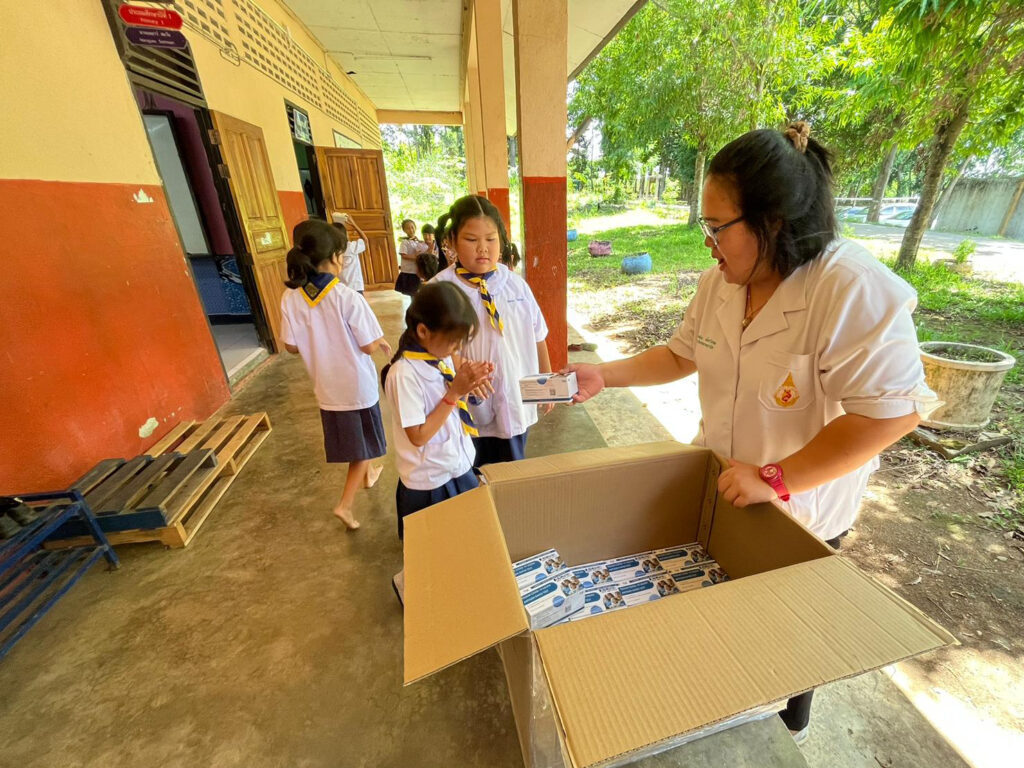
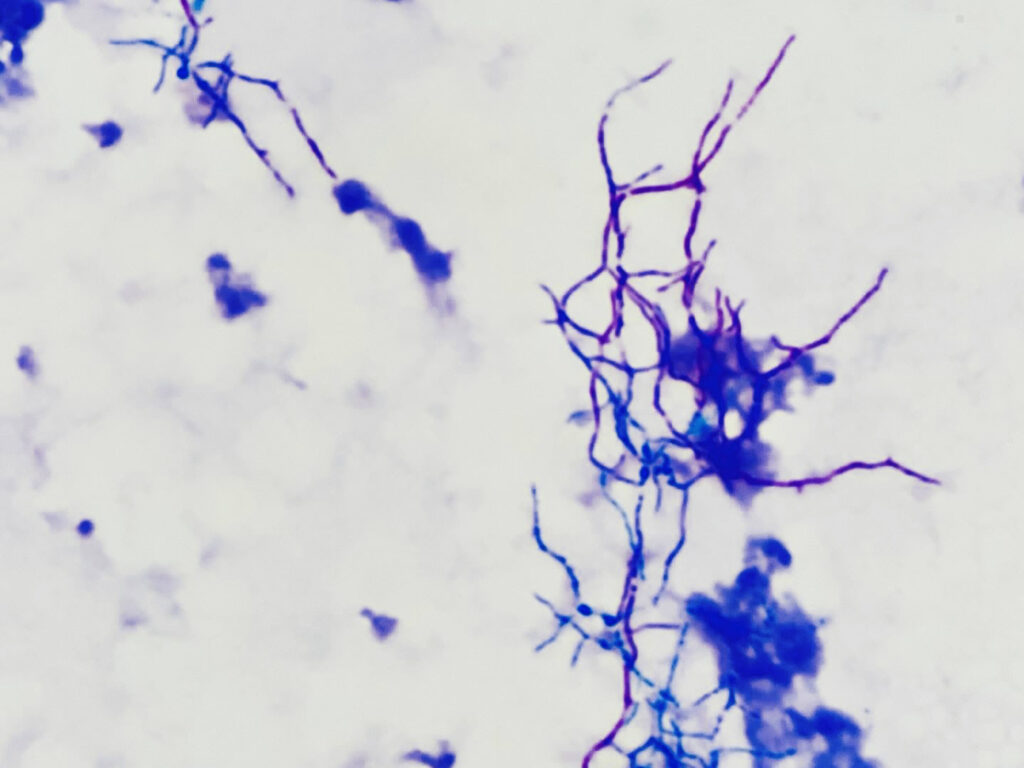
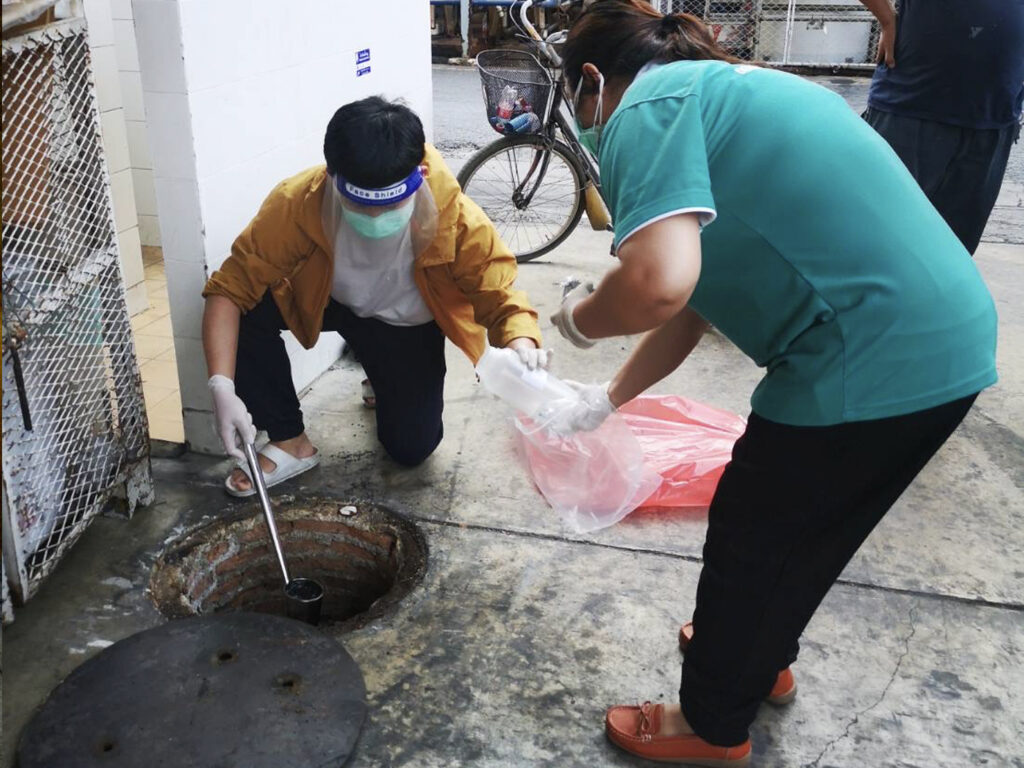

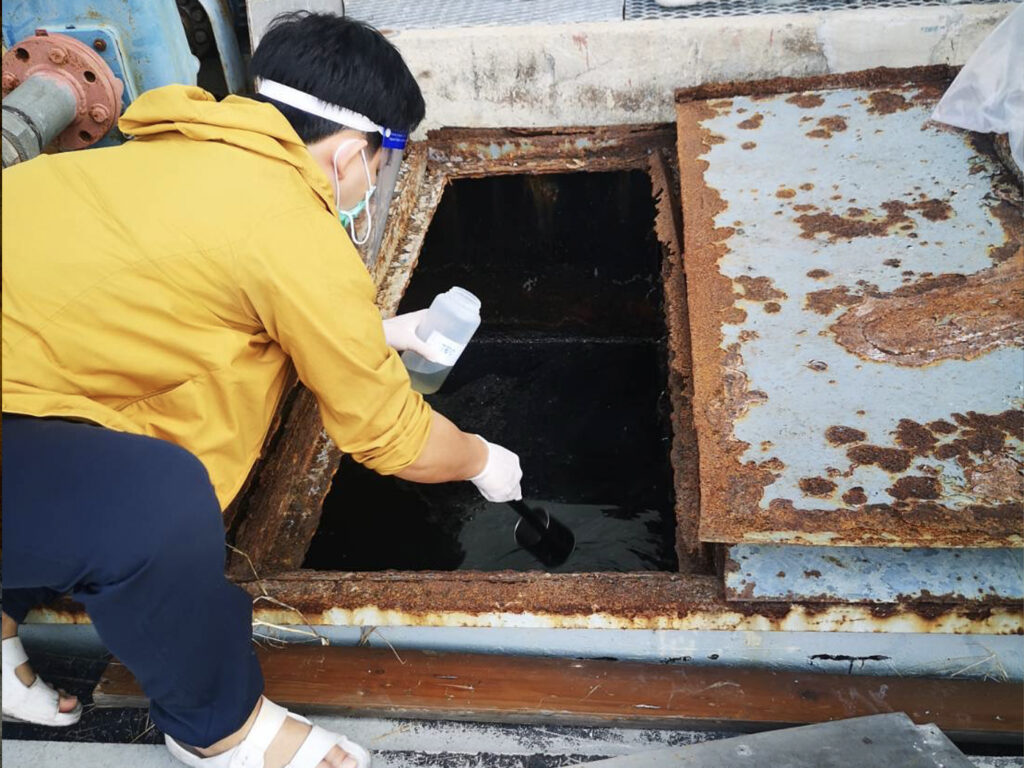


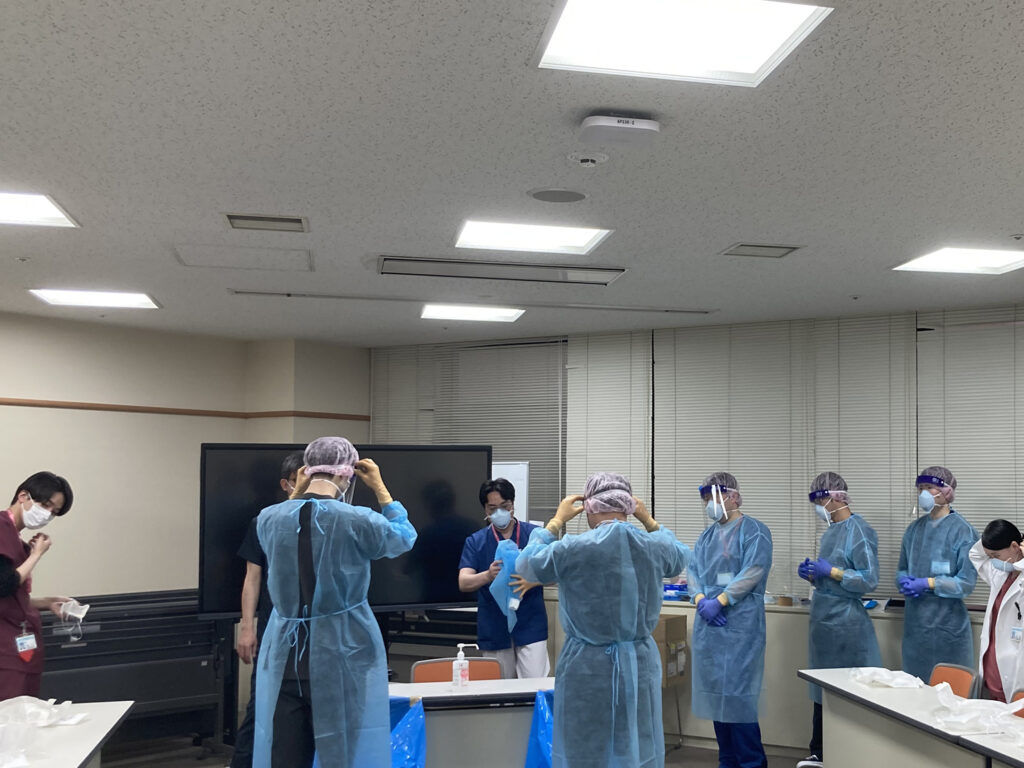
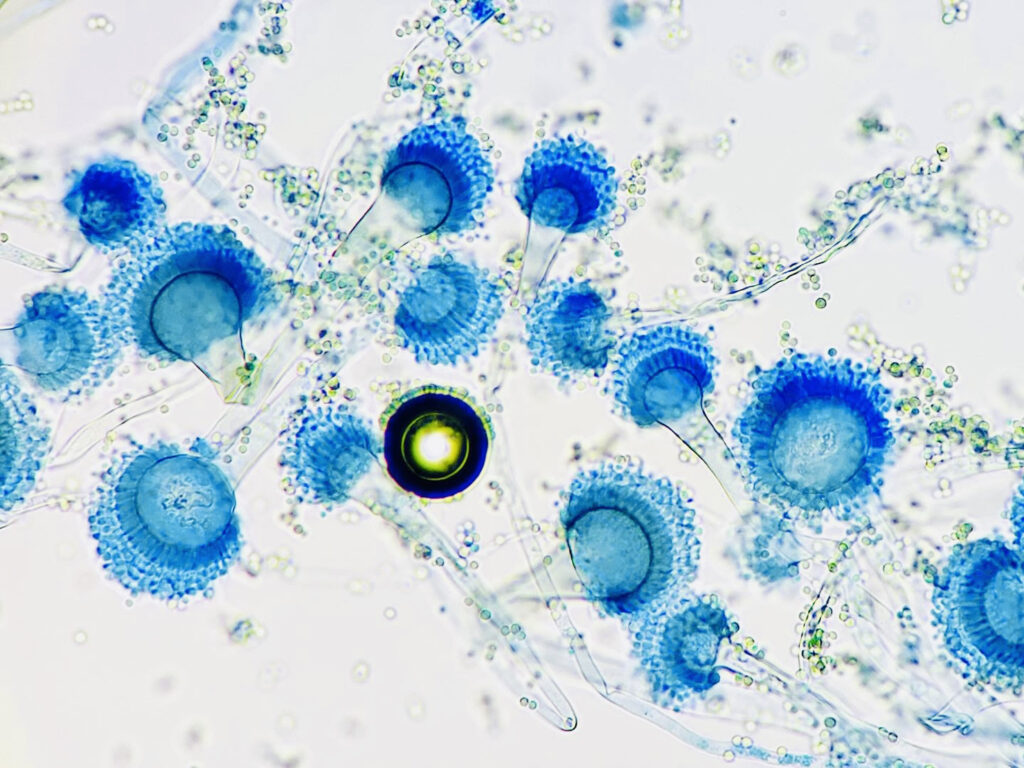
PATHOGENS ARE A WARNING SIGN.
IF YOU CAN TRACK THEM, YOU CAN PROTECT ENTIRE COMMUNITIES.
OUR SUPPORTERS
The work of Pathogen Hunters would not be possible without the generous support of those who believe in a healthier, more equitable world.
Thanks to our funders, we are able to develop rapid diagnostics, repurpose life-saving medicines, build outbreak surveillance systems, and train the next generation of One Health leaders—right where they’re needed most.
We are especially grateful to:
- Balvi Philanthropic Fund
- Barry Satz and Ronald Satz Memorial Fund
- Addison Tallman Memorial Fund for LGBTQIA+ Health Research
Their commitment to science, equity, and global health empowers us to continue tracking
invisible threats and protecting vulnerable communities. We prioritize the inclusion of LGBTQIA+ communities, marginalized populations, and women’s health in our research, outreach, and partnerships. From designing studies that reflect the needs of underrepresented groups, to building local capacity in overlooked regions, we are committed to ensuring that the tools of science serve all communities—especially those too often left behind.

Contact
Keen to get in touch? Fill out the contact form below and we’ll get back to you.
PATHOGEN HUNTERS – 2025